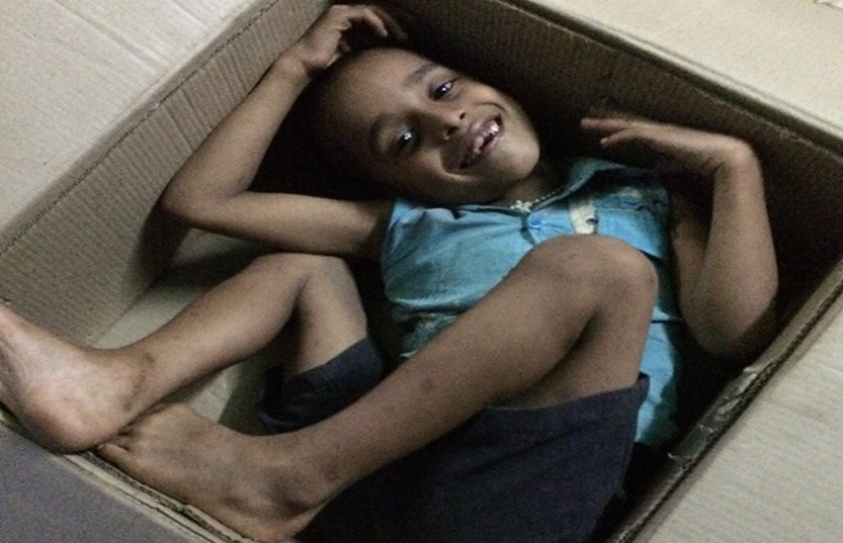
Most Ratified Human Rights Treaty is 25 Years Old
by Augustine Veliath April 11 2014, 5:33 pm Estimated Reading Time: 3 mins, 12 secsAugustine J. Veliath invites writers everywhere to own and use this powerful tool, the CRC.
Nearly 25 years ago, the world made a promise to children: that we would do everything in our power to protect and promote their rights to survive and thrive, to learn and grow, to make their voices heard and to reach their full potential.
This year, as we approach the 25th anniversary of the Convention on the Rights of the Child (CRC), there is much to celebrate: from declining infant mortality, to rising school enrollment, to better opportunities for girls. In spite of the overall gains, there are many children who have fallen even further behind.
Old challenges have combined with new problems to deprive many children of their rights and the benefits of development. To meet these challenges, and to reach those children who are hardest to reach, we need new ways of thinking and new ways of doing.
Recognizing this, UNICEF has declared 2014 as the Year of Innovation for Equity. Let us focus the world’s attention on showcasing and developing innovative solutions for children’s well-being.
Throughout 2014, let us convene a series of “Activate Talks” which will bring together change makers from all walks of life to rethink and rework how we can deliver results for the most vulnerable and marginalized children.
The United Nations Convention of the Rights of Children (CRC or UNCRC) is the most ratified and universally agreed human rights treaty ever. India has played a major role in the passage of this Convention, which embodies within it, the spirit of the Universal Human Rights Declaration as well as Convention to End Discrimination Against All Women and a number of relevant UN protocols.
The Convention itself was in the making for over 60 years and was adopted unanimously by all the member countries. All but two nations have ratified the Convention
While the CRC acknowledges the primary responsibility of parents in the raising of children, it also recognizes that some parents may require support from the government to fulfill their responsibilities.
Article 18 of the CRC requires States parties to provide appropriate assistance to parents and other caregivers in the performance of their child-rearing responsibilities. Article 19 states that measures to prevent child abuse and maltreatment should include the establishment of social programs to provide necessary support for the child and for those who have the care of the child.
The Convention has added legal and moral dimensions to child’s rights and the obligation to fulfill children’s basic needs.
There are four general principles which the Convention articulated. These are –
- Non-discrimination (Article 2): All rights apply to all children without exception. The state has an obligation to protect children from any form of discrimination.
- The child’s best interest (Article 3): The determining factor in all actions dealing with any child should be his or her best interest. In all cases, the best interests of the child take precedence over the interests of the adults concerned (e.g. parents, teachers, guardians). However, the question of how to decide on the best interests of the child remains difficult to determine and open to discussion.
- The rights to life, survival and development (Article 6): the right of the child to life is inherent, and it is the state’s obligation to ensure the child’s survival and development. This means that children cannot be subject to the death sentence or to termination of life.
- Respect for the views of the child (Article 12): The child has the right to express an opinion and to have that opinion taken into account in any matter affecting him or her.
Those interested in better understanding of the Convention of the Rights of Children may want to download and read this.http://www.unicef.org/crc/files/Rights_overview.pdf




-173X130.jpg)
-173X130.jpg)
-173X130.jpg)
-173X130.jpg)
-173X130.jpg)

-173X130.jpg)
